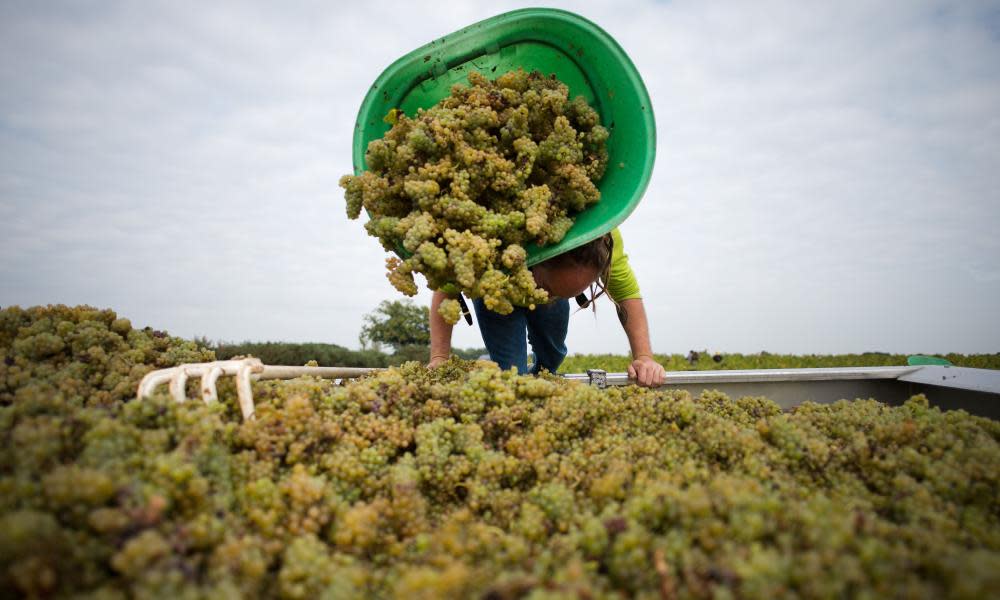Marmite to Muscadet: the dead yeast cells adding flavour to wines

Château de la Petite Giraudière, Muscadet Sèvre et Maine Sur Lie, Loire, France 2021 (£8.25, The Co-op) Dead yeast cells in wine. It doesn’t sound particularly appetising. Not even for those of us who count ourselves among the 50% of the population that love Marmite (which is famously made from the dead yeast cells, or lees, left over in beer production). I mean, by all means take the wine lees and turn them into a wine-based variation of our favourite savoury yeasty spread (Marwine? Now there’s an idea). But why make a big deal, as some producers do, of harnessing them in a drink that is supposed to be all about the flavour of grapes? The reason is that lees can play an important part in bringing creamier, weightier texture and more savoury, yeasty flavours to some white and sparkling wines. Indeed, sometimes the practice is crucial to a local style, such as the white wines of Muscadet on the Loire estuary in western France, where ageing on the lees or “sur lie” brings the subtle salty-yeasty dimension you find in brisk dry whites such as Château de la Petite Giraudière’s.
Viña Lareira Albariño Sobre Lías, Rías Baixas, Spain 2021 (£12.99, Waitrose) All wines will have lees leftover from the fermentation process. Some will naturally fall to the bottom of the fermentation vessel along with skin, stem, pips, and other particles, forming a mush known as the gross lees, which are generally separated from the wine immediately. Others, known to winemakers as the fine lees, will remain suspended for longer in the liquid, and, while many winemakers will filter them out, others will leave them in for days, weeks, months or even years depending on the style of wine they’re after. That might include a process known as bâtonnage, stirring the tank with a special baton to agitate the settled lees like tea leaves for extra enriching effect. Extended lees ageing is a common way for winemakers working with zesty, refreshing whites to add something a bit different to their range – in Spain, for example, you will often find producers making a “sobre lías” cuvee as a “step up” from their everyday bottling, as in the satisfyingly substantial but still citrus-fresh and succulently peachy Viña Lareira.
Juve y Camps Reserva de la Familia Cava, Spain 2017 (£19.99, Harvey Nicholls) The wine style where the effects of ageing in contact with the lees is most evident is traditional, bottle-fermented sparkling wine – the method, most famously used in champagne, where a wine is given its second, fizz-bringing fermentation in a bottle. It’s the years in contact with the lees (champagne regulations specify a minimum of 15 months ageing for a non-vintage wine, and three years for a vintage, although it’s often significantly longer) that brings out that range of flavours that have us thinking of a baker’s shop: fresh bread, brioche, patisserie cream, or, on the more savoury side, coffee grains, sourdough, and, inevitably, Marmite. The champagnes of Charles Heidsieck are among the most stylishly arresting examples of the rich, boulangerie flavour spectrum: the house’s gorgeous non-vintage Brut Réserve (£44.95, ndjohn.co.uk) spends up to four years on the lees (four times the minimum) for example. Catalan cava producer, Juve y Camps, is similarly committed: its sour-dough toasty Reserva de la Familia is aged for 36 months on lees.
Follow David Williams on Twitter @Daveydaibach

 Yahoo News
Yahoo News 
